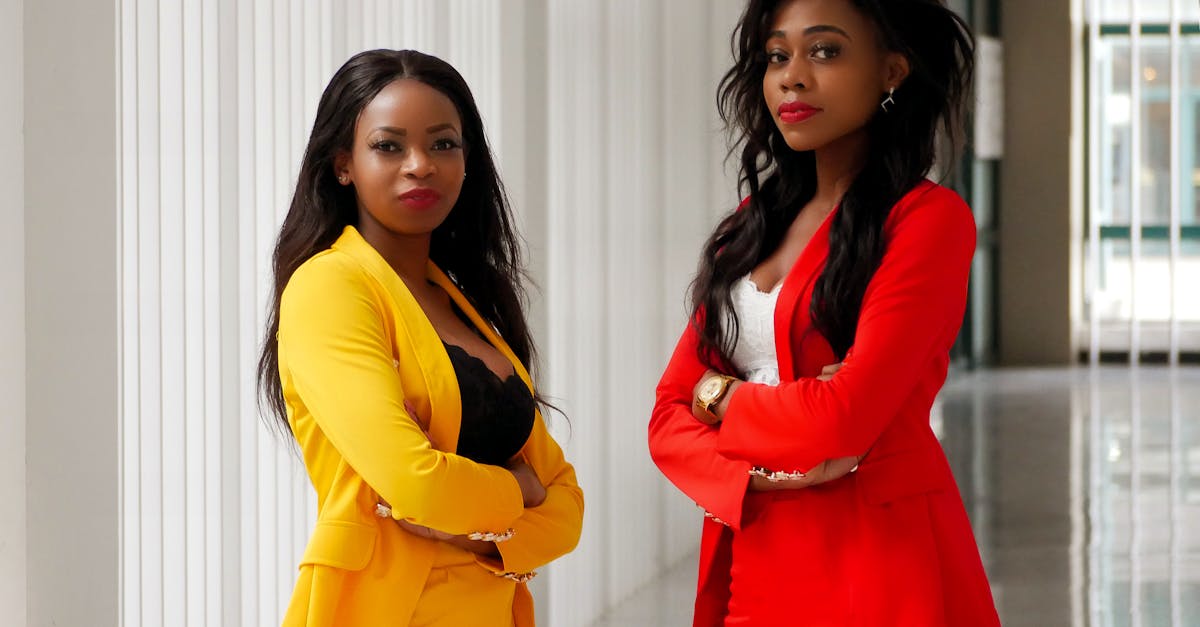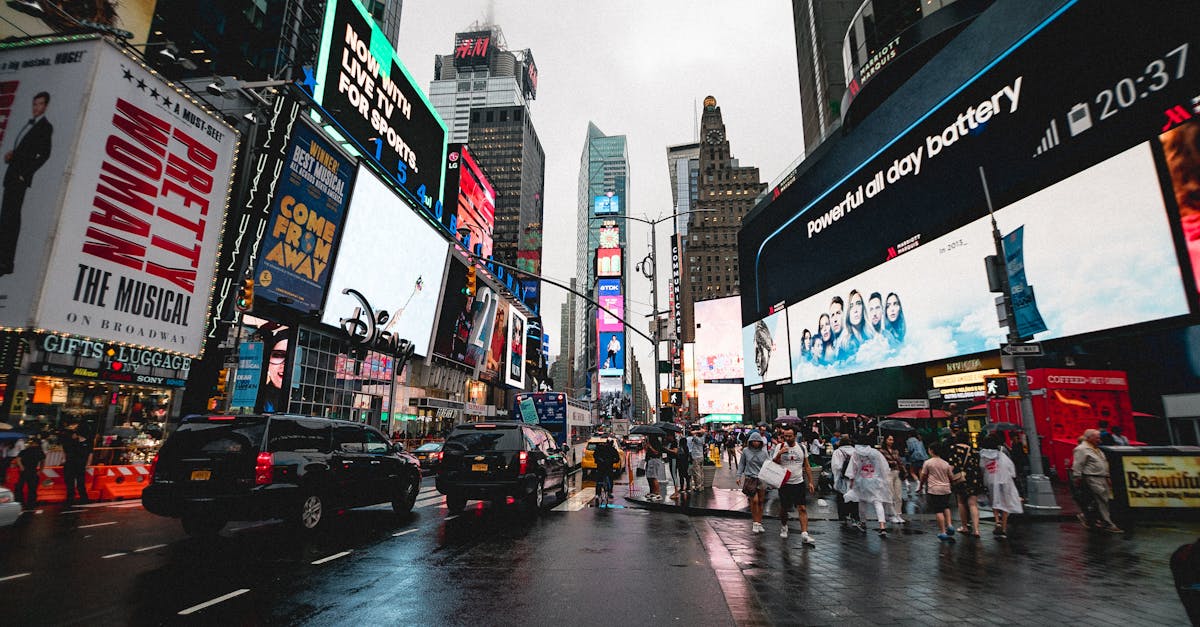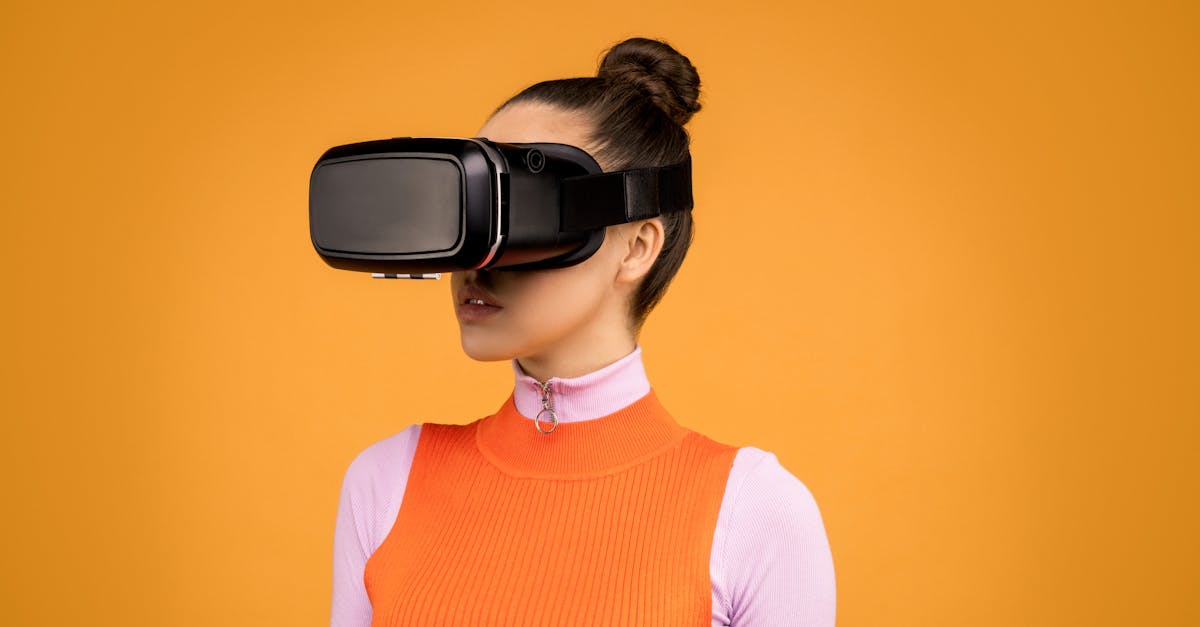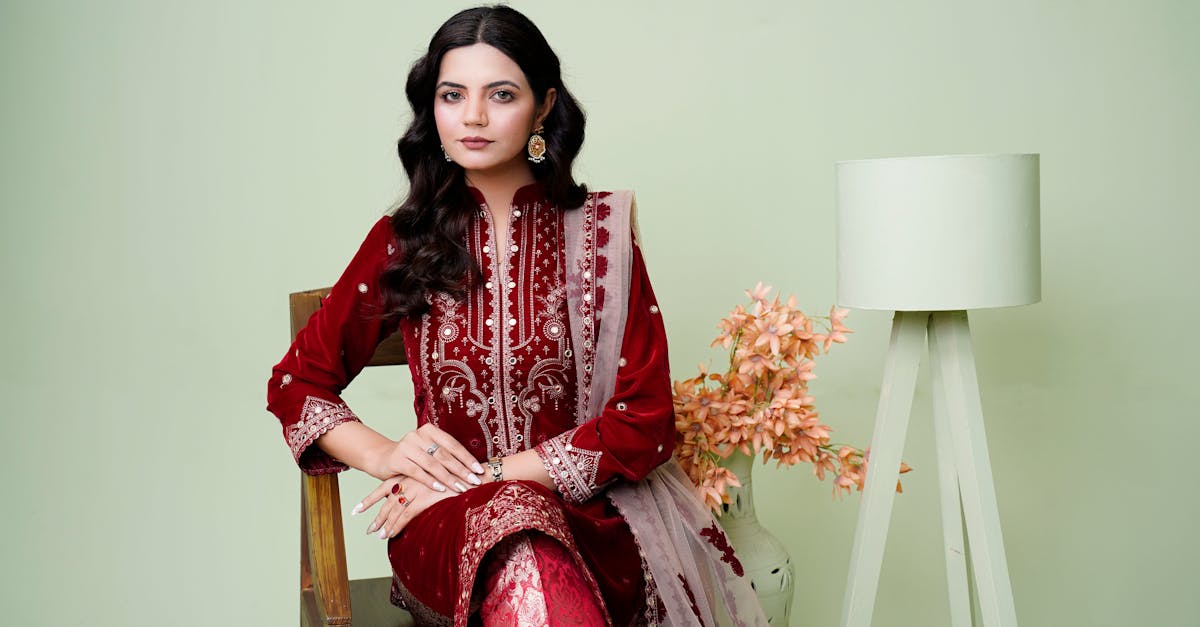Tech Giants Fashion Collaborations Defining 224
Introduction
The year 2025 marks an extraordinary turn in the fashion industry with collaborations between tech giants and famous fashion houses. These partnerships are infusing digital advancements into the design, production, and retail of fashion products, creating a seamless blend of style and innovation. This article explores how such collaborations are changing the face of fashion, revolutionizing the way we create, wear, and experience clothing. From smart textiles to AI-driven design tools, the fusion of technology and fashion is not just a trend but a transformative movement that is redefining the industry. As consumers demand more personalized, sustainable, and inclusive fashion, these partnerships are paving the way for a future where technology and creativity coexist harmoniously.

Lukas/Pexels
Advertisement
Digital Fabric Innovations
Tech companies are ushering in a new era of textiles by creating digital fabrics that change patterns and colors with a smartphone app. These fabrics, often embedded with micro-LEDs or e-ink technology, offer endless customization possibilities for consumers, allowing for a uniquely personal fashion experience. Imagine a dress that can shift from a floral print to a geometric pattern with a simple tap on your phone, or a jacket that adapts its color to match your mood or surroundings. This technology enables seamless transitions between different looks in real-time, setting a new standard for versatility in clothing.
Beyond aesthetics, digital fabrics also have practical applications. For instance, they can be programmed to adjust their thermal properties, providing warmth in cold weather and cooling in hot climates. This innovation not only enhances the functionality of clothing but also reduces the need for multiple garments, contributing to a more sustainable wardrobe. As these fabrics become more accessible, they are poised to redefine the concept of "fast fashion," offering consumers the ability to refresh their wardrobe without purchasing new items.
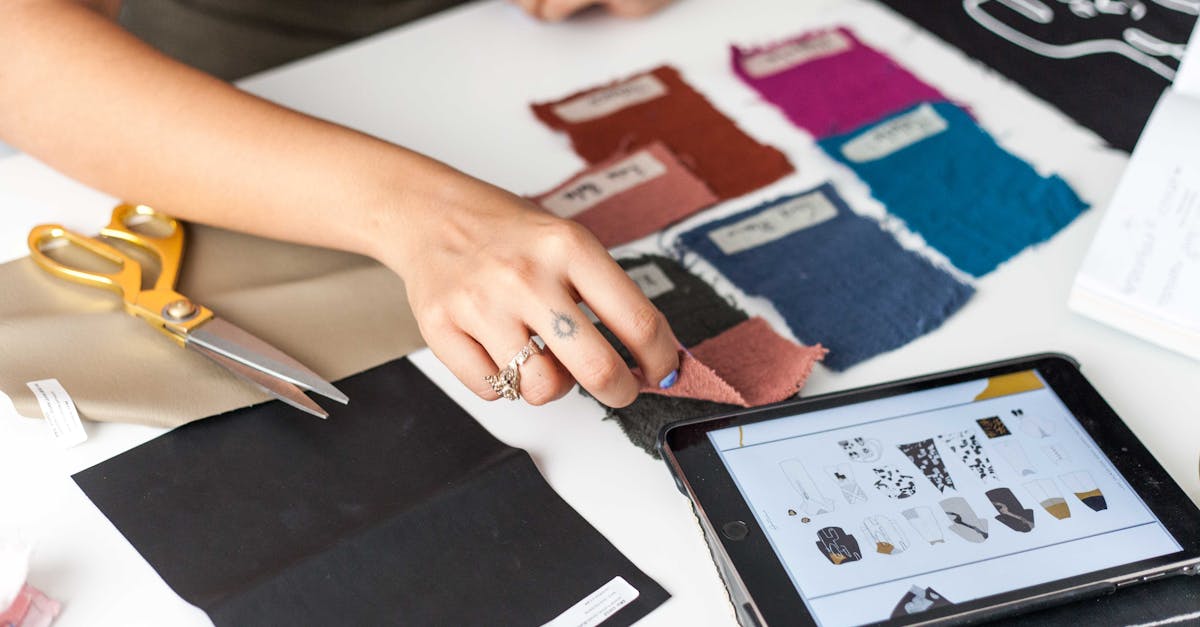
Los Muertos Crew/Pexels
Advertisement
Wearable Technology
Innovation in wearable technology has been a focal point in these collaborations, producing garments equipped with health-monitoring sensors and other advanced features. From smartwatches to biometric clothing, wearable tech is becoming increasingly integrated into everyday fashion. For example, jackets with built-in heart rate monitors, yoga pants that track muscle activity, and even shoes that analyze gait and posture are now a reality.
These advancements go beyond fitness tracking, offering solutions for medical monitoring and chronic disease management. Smart garments can now monitor vital signs like blood pressure, glucose levels, and even detect early signs of illness, providing users with real-time health insights. Additionally, climate control technology embedded in clothing allows wearers to regulate their body temperature, making it ideal for extreme weather conditions or athletic performance. By combining style and functionality, wearable technology is transforming clothing into a tool for personal well-being and convenience.
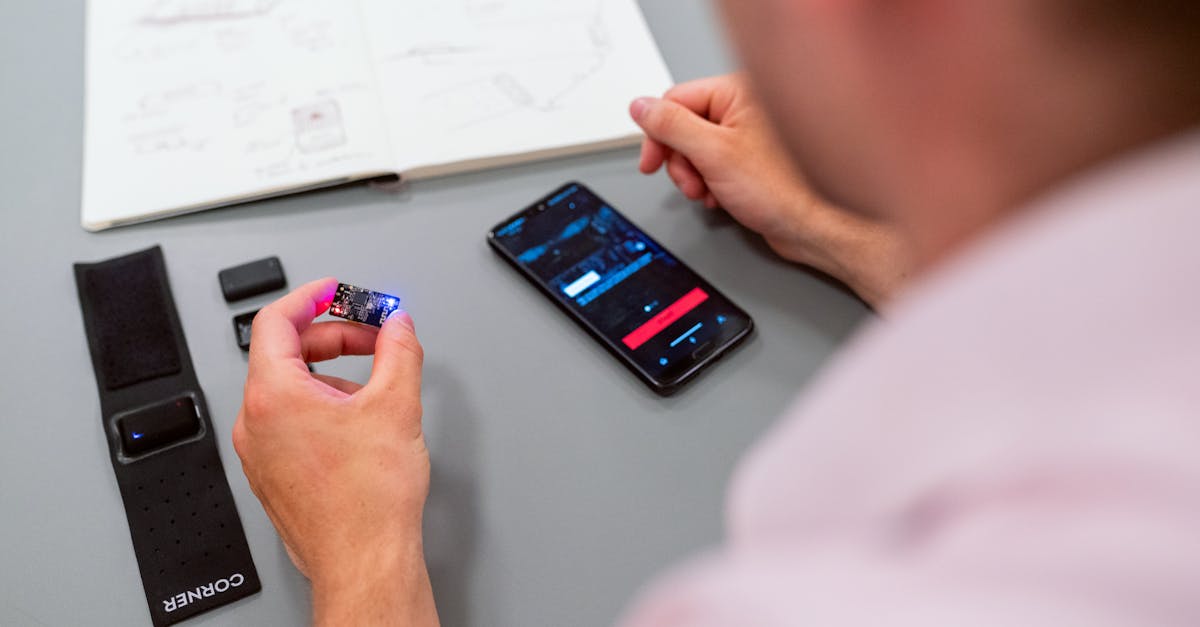
ThisIsEngineering/Pexels
Advertisement
Virtual Fashion and Augmented Reality
Augmented reality (AR) fashion applications have gained significant traction, allowing consumers to try on outfits virtually before making a purchase. These AI-driven platforms use sensors on smartphones or AR glasses to superimpose clothes onto one's reflection, creating a realistic and interactive shopping experience. Brands like Gucci and Balenciaga have already launched AR try-on features, enabling customers to visualize how a garment will look and fit without ever stepping into a store.
Virtual fashion is also making waves in the digital realm, with the rise of digital-only clothing and avatars. Consumers can purchase virtual outfits for their online personas, blurring the lines between physical and digital fashion. This trend is particularly popular among younger generations who value self-expression in virtual spaces like social media and gaming platforms. As AR and virtual fashion continue to evolve, they are reshaping the retail landscape, offering consumers a more immersive and convenient way to shop.

Alex P/Pexels
Advertisement
Sustainable Fashion Tech
A significant focus of tech-fashion collaborations is on creating sustainable fashion solutions. Tech companies are developing materials from recycled and biodegradable components, such as fabrics made from ocean plastic, agricultural waste, or even lab-grown leather. These innovations help reduce the fashion industry's carbon footprint while ensuring high-quality, environmentally-friendly products.
For example, 3D knitting technology allows for the production of garments with minimal waste, as items are created to exact specifications without the need for cutting or sewing. Similarly, blockchain technology is being used to track the lifecycle of a garment, ensuring transparency and accountability in the supply chain. By providing consumers with detailed information about the origins and environmental impact of their clothing, brands are fostering a culture of conscious consumption. These efforts are setting an inspiring precedent in the realm of eco-conscious style, proving that fashion can be both innovative and sustainable.

Tom Tillhub/Pexels
Advertisement
Designer AI Assistants
Artificial Intelligence (AI) tools are revolutionizing the design process by assisting designers in predicting trends and generating designs based on consumer data. These AI programs are capable of analyzing vast datasets, including social media trends, historical sales data, and even weather patterns, to determine emerging styles and preferences. By identifying patterns and predicting future trends, AI helps designers create collections that resonate with consumers, reducing the risk of overproduction and waste.
AI is also being used to streamline the design process itself. For instance, generative design algorithms can create thousands of design variations in minutes, allowing designers to explore new ideas and concepts quickly. This not only improves efficiency but also encourages creativity by pushing the boundaries of traditional design. As AI continues to evolve, it is becoming an indispensable tool for fashion designers, enabling them to stay ahead of the curve in an ever-changing industry.

Google DeepMind/Pexels
Advertisement
Customized Retail Experiences
In stores, personalized shopping experiences have become more sophisticated through the use of AI and IoT (Internet of Things). Smart mirrors and interactive fitting rooms provide tailored recommendations based on individual preferences, body measurements, and even past purchases. These technologies create a seamless and immersive retail environment, enhancing the customer experience and increasing satisfaction.
For example, smart mirrors can suggest complementary items or alternative sizes, while interactive fitting rooms allow customers to request different styles or colors without leaving the room. Additionally, AI-powered chatbots and virtual stylists offer personalized advice and styling tips, making the shopping experience more engaging and convenient. By leveraging data and technology, retailers are able to deliver a level of customization that was previously unimaginable, setting a new standard for customer service in the fashion industry.

Mikhail Nilov/Pexels
Advertisement
Inclusive and Smart Fashion
Fashion collaborations are also addressing inclusivity by creating adaptive clothing designs that cater to people of all abilities. Smart garments feature adjustable components, such as magnetic closures, expandable seams, and sensory enhancements, making them accessible to individuals with disabilities. For example, clothing with built-in haptic feedback can assist visually impaired individuals by providing tactile cues, while adaptive footwear offers customizable support for those with mobility challenges.
These innovations reflect the industry's commitment to inclusivity and diversity, ensuring that everyone can benefit from technical advancements in fashion. By designing clothing that is both functional and stylish, brands are breaking down barriers and creating a more inclusive fashion landscape. This shift not only empowers individuals but also challenges traditional notions of beauty and style, paving the way for a more equitable and representative industry.

RF._.studio/Pexels
Advertisement
Challenges and the Path Ahead
While the fusion of technology and fashion presents exciting possibilities, it also comes with challenges. Data privacy is a significant concern, as the integration of AI and IoT devices requires the collection and analysis of vast amounts of personal data. Ensuring that this data is handled responsibly and securely is crucial to maintaining consumer trust.
Additionally, the high production costs associated with advanced technologies can make these innovations inaccessible to smaller brands and consumers. To overcome these hurdles, collaboration between tech companies, fashion houses, and policymakers is essential. By establishing industry standards and investing in research and development, stakeholders can work together to create solutions that are both innovative and accessible.
Despite these challenges, the potential benefits of tech-fashion collaborations far outweigh the risks. As the industry continues to evolve, it is clear that technology will play a central role in shaping the future of fashion. By embracing these advancements, the fashion industry can create a more sustainable, inclusive, and personalized future for all.
Advertisement
Conclusion
The marriage between tech innovations and fashion in 2025 showcases boundless possibilities for an ever-evolving industry. From smart fabrics to virtual dressing rooms, these collaborations define the future of personalization and sustainable fashion solutions. As we look forward, it's exciting to imagine where these advancements will lead the style and technology world next.
The integration of technology into fashion is not just about creating cutting-edge products; it's about reimagining the entire lifecycle of clothing, from design to disposal. By prioritizing sustainability, inclusivity, and innovation, the fashion industry is poised to become a leader in the global movement toward a more responsible and equitable future. As consumers, we have the power to support this transformation by embracing these advancements and demanding more from the brands we love. Together, we can shape a future where fashion is not only beautiful but also meaningful and impactful.

Ann H/Pexels
Advertisement

